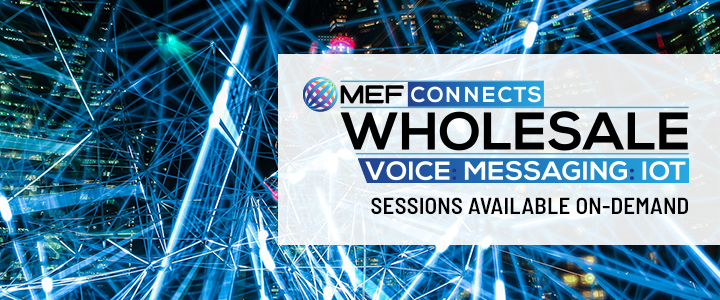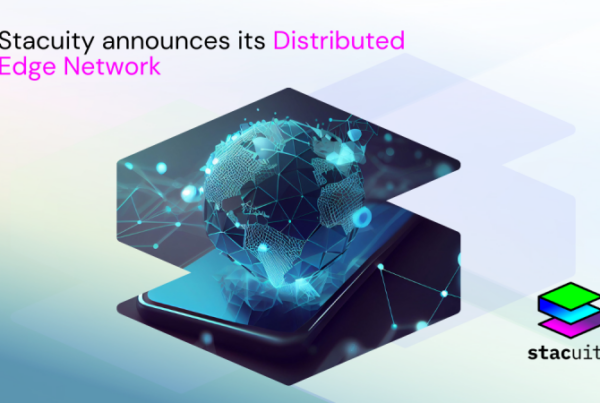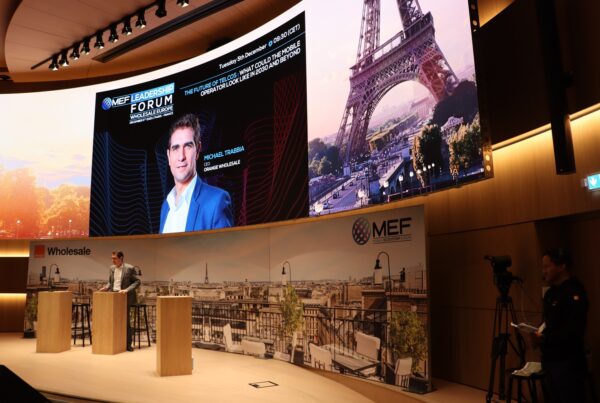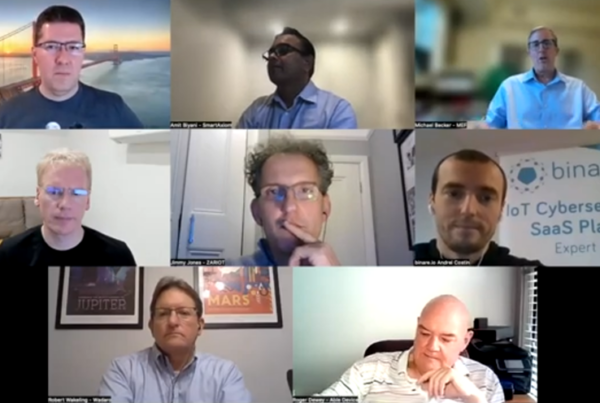MEF Connects Wholesale sessions are all available to watch on demand – In this session, Olaf Giehl, Senior Project Manager, Telekom Global Carrier, speaks to MEF IoT Advisor, Andrew Parkin-White about two interlinked projects – critical IoT and the premium IPX.
The IPX is the roaming platform for all mobile data and signalling. Until recently, the quality of the IPX platform was sufficient with standards in place for SLAs and KPIs. New roaming services including VoLTE, 5G or critical IoT bring challenges and require better guarantees and an end-to-end quality of services. Improvements to the IPX ecosystem are becoming necessary to satisfy future roaming requirements.
The solution to these issues in DT is the premium IPX offering significant improvements to operational processes for IPX and wholesale roaming services and to allow the necessary agreements between roaming ecosystem parties.
The IPX network sits between two international mobile operators. There is often more than one of these controlled by different operators. Measurement and control of the SLAs is necessary across these networks but the IPX provider does not see the end-to-end traffic across the network. As new technologies become mainstream, there is a greater requirement to have pro-active monitoring and operational management support across these networks. A significant challenge is maintaining SLAs across these networks and new standards are emerging. Previously there was no standardisation between IPX providers and a GSMA standard is being established.
“There is a window of opportunity to offer QoS for critical IoT use cases in a multi-country environment and operators can draw competitive advantage from collaborating to address the need for demand and urgency and the willingness to pay. This has led to the formation on the Premium Operator Alliance to serve this sweet spot.”
Critical IoT is a key challenge in the IoT roaming ecosystem and is defined as the requirement to have ultra-reliability, low latency, high availability and higher data volumes. Critical IoT applications include healthcare, telemetry, autonomous driving, industrial applications and remote surgery. This is in contrast to mass IoT applications, including logistics, tracking, fleet management and smart cities, where there the application characteristics are low cost, low energy, small data volumes and massive numbers of devices.
There is a window of opportunity to offer QoS for critical IoT use cases in a multi-country environment and operators can draw competitive advantage from collaborating to address the need for demand and urgency and the willingness to pay. This has led to the formation on the Premium Operator Alliance to serve this sweet spot. The alliance recognises that there are some key drivers in the IoT ecosystem that are driving the need for improved connectivity including the launch of new networks and services (NB-IOT, LTE-M etc) and an increasing importance of global IoT applications (automotive, tracking, healthcare) with more uses cases and services relying on fast, secure and ultra-reliable Internet service.
This alliance supports the move from best effort connectivity to managed connectivity providing enhanced service quality, reliable IoT traffic transportation and secure data management via state-of-the-art technology and collaboration. This end-to-end approach offers a cloud platform, analytics and applications with global infrastructure and an access network for things. As part of this alliance, the global leaders’ forum working group has been established to build the frameworks to support critical IoT traffic. In addition to DT as lead, members of this working group include AT&T, Sprint, Telefonica, Verizon and Vodafone among other large carriers.
The forum allows carriers to collaborate by offering international SLAs as part of their roaming contracts and assures the quality of service for international critical IoT services building on the framework established by the GSMA. The scope of activities covers IoT system architecture, commercial settlement and the device framework. The current focus is on taking forward the GSMA BA.51 (Roaming SLA Guidelines) standard and the IoT system framework that will provide a standardised architecture. The main aim is to strengthen SLAs and KPIs, provide direct interconnection through more country connection points and local breakout, so that traffic does not have to be routed back to a more distant country. The group has decided to focus on doing more peering and direct interconnection as this has a high impact and can be achieved relatively easily. Commercial settlement will follow as a later work package examining how IPX providers could monetise the management of critical IoT traffic.
The event video provides a more in-depth discussion of the issues highlighted in this blog and examines critical IoT performance data and applications in telemetry and autonomous driving.
MEF Connects Wholesale On Demand
MEF Connects Wholesale takes an ecosystem perspective to explore the business trends and challenges driving connectivity today and asks what will create tomorrow’s business?
Across 2-days, we took a detailed look at wholesale trends across Voice, IoT, Messaging & RCS. MEF Members can visit the Member only On Demand page to get presentation slides as well.
Watch now






